by Dot Cannon

“I’m lucky to have supportive parents,” emails award-winning OpenBCI embedded software engineer Eva Esteban.
As we explored in our earlier post, Eva’s groundbreaking career began with a broken computer.
When she was about ten years old, Eva explains, her dad’s computer broke. Rather than seeing him shell out a couple of hundred dollars for repairs, she decided to fix it herself.
Her efforts were so successful that the computer worked for the next 15 years. Her career path had begun.
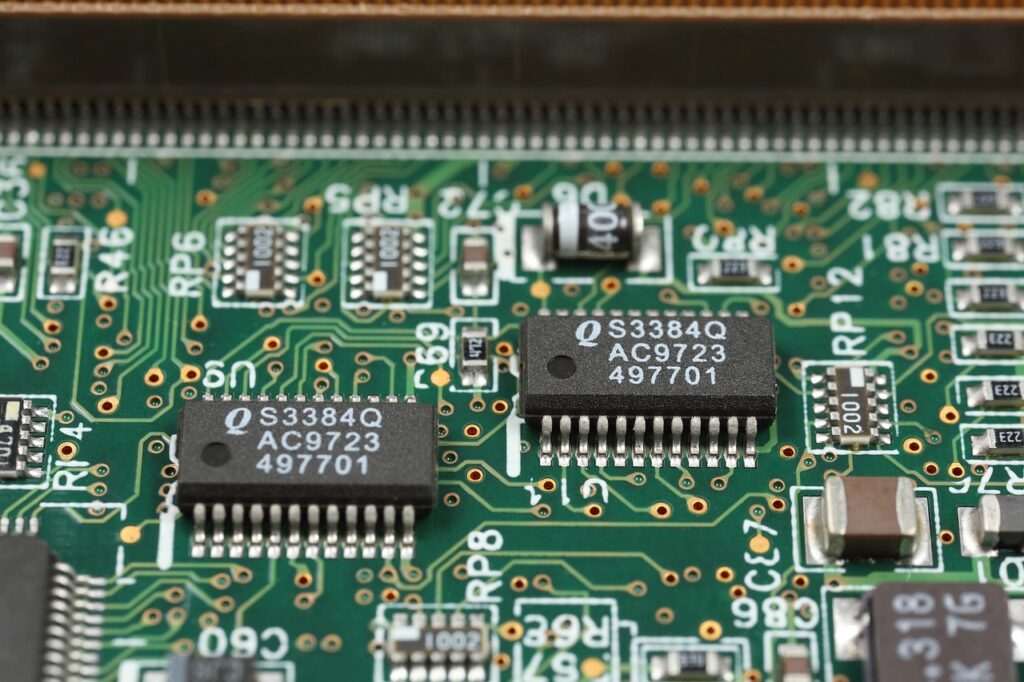
From that moment, she says, her parents encouraged her engineering curiosity “by allowing me to tear my toys open and build new ones from the parts.”
Her curiosity blossomed into an interest in math and science–leading her to focus on electrical and computer engineering in her college studies.
However, she also had a strong interest in psychology. Ultimately, she found a career field that combined her areas of interest: neurotechnology.
And today, her career is all about breaking new ground in the field of human-computer interaction.
A range of possibilities

Eva was the first full-time engineer hired by open-source neurotechnology company OpenBCI. The main focus of her work: creating firmware for Galea, a hardware and software platform that merges next-generation biometrics with mixed reality.
Galea is the first device to integrate brain, muscle, heart, eye and skin-tracking sensors into a single headset–and then combine these sensing capabilities with extended reality.
That combination gives Galea the ability to control both virtual and real objects without a keyboard, mouse or gamepad. This capability translates into applications in numerous areas.
“Healthcare, human performance enhancement, education…and more,” Eva lists.
And Galea’s biometric control system lends itself well to home automation, as well as gaming.
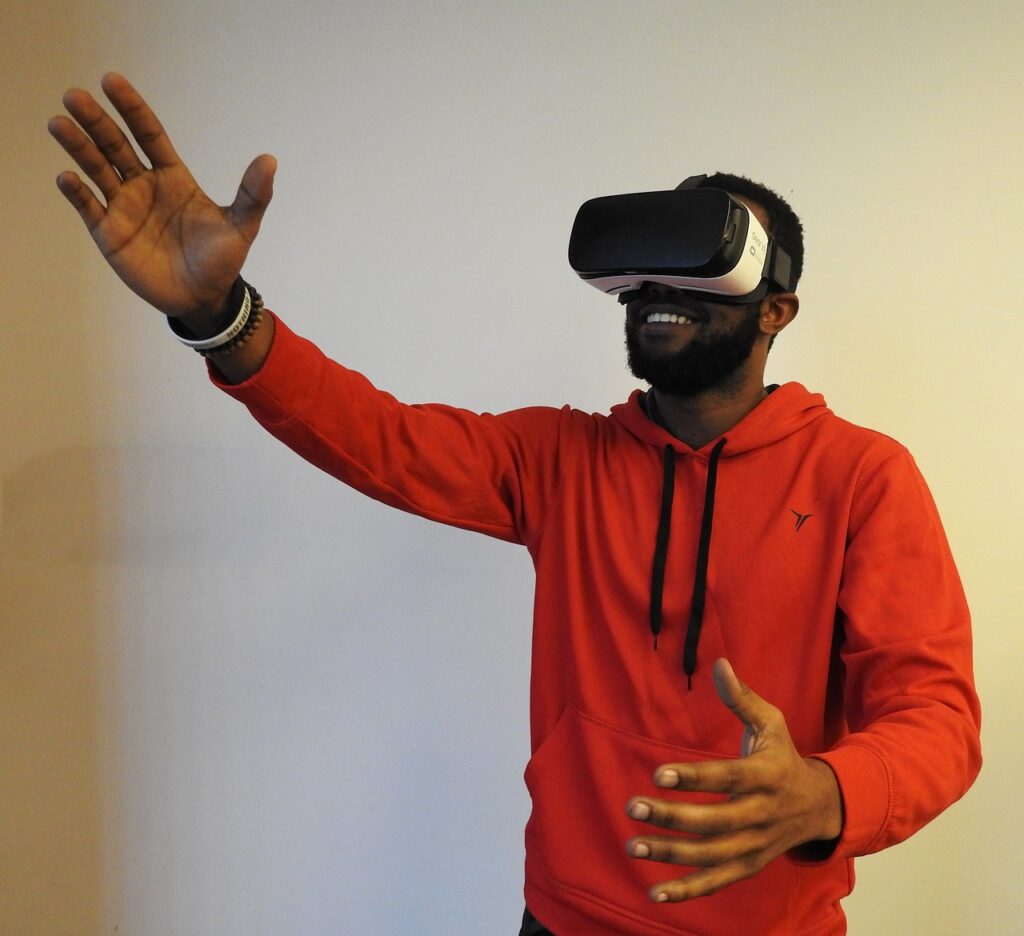
“Over the past couple of years, we’ve developed multiple virtual-reality games that people love to play at conferences!” Eva explains.
In addition to passive control, she says, Galea can be used for passive tracking: determining how users respond to an experience. One example she offers is that of a pilot in training: Galea will be able to determine, through biodata, whether stress and fatigue are affecting performance.
Condensing “amazing” into “understandable”
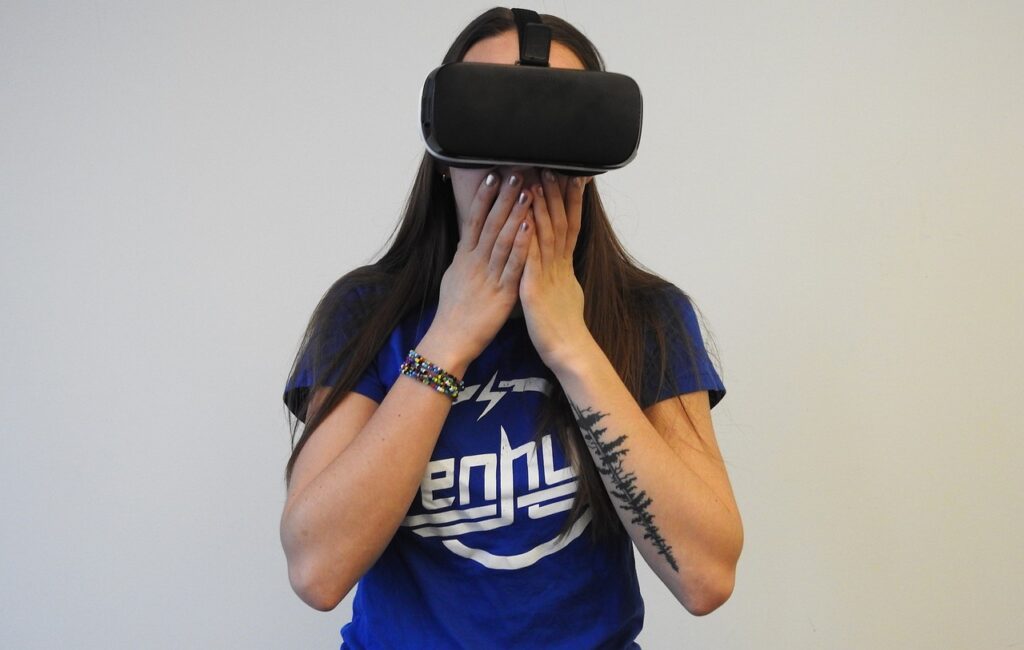
Eva has been with Galea for much of the development journey.
Asked what her biggest creative challenge has been, Eva responded, “Developing the first few virtual reality demos with the software team.
“Our goal with these demos was to showcase the capabilities of the device at events.
“…It was difficult to narrow down all our ideas to a small set of experiences (that can showcase Galea, in a couple of minutes, to someone with no neurotech background).”
But Eva and her team were able to come up with experiences to communicate Galea’s capabilities.
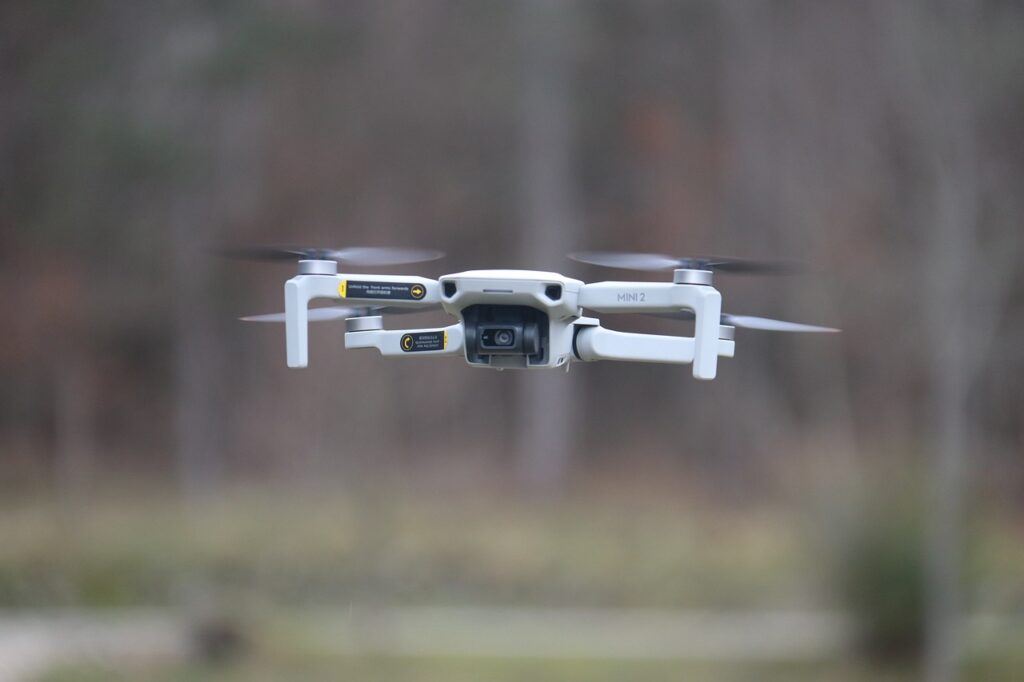
And if you would like to see Galea in action, you might also like to check out OpenBCI Founder/CEO Conor Russomanno’s TED Talk, delivered in Vancouver, BC in April. 2023.
In the course of the demonstration, Conor and Eva work with technologist and disability rights activist Christian Bayerlein, who lives with spinal muscular atrophy. Demonstrating Galea’s ability to turn the human body into a sort of digital joystick, Christian uses the device to fly a drone over the audience–before landing it smoothly.
Accolades, excitement–and support
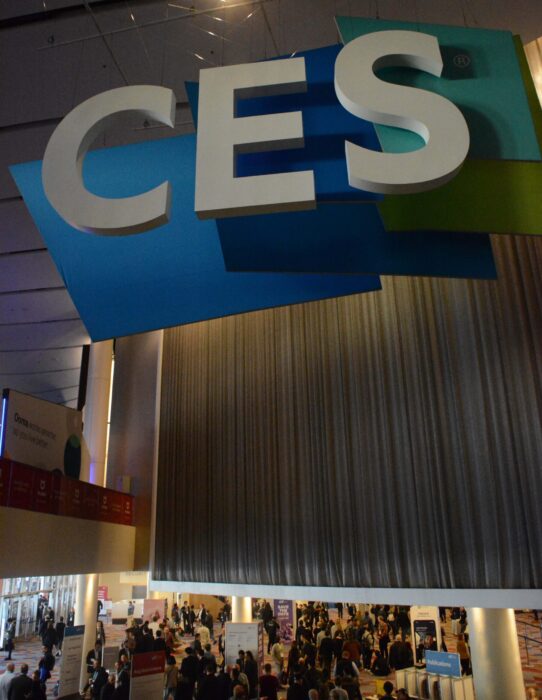
So far, Eva says, one of her most exciting experiences since beginning to work at OpenBCI, was getting to attend CES® 2023. Galea won two CES® Innovation Awards!
“I grew up watching CES® on the news with my parents every year,” Eva says.
“We used to talk about how incredible it would be to try all the crazy technologies being showcased, but I never thought I would get to attend as part of one of the winning companies!
“The energy at the event was incredible, and I had a lot of fun…We walked around the conference floor wearing Ultracortex headsets and it was the best conversation starter ever.”
Still more excitement was in store.

In October, Eva was a featured speaker at the Grace Hopper Celebration–the world’s largest annual gathering of women and nonbinary tech workers.
Then, she received another accolade–when she won the 2023 Emerging Technologist ABIE Award!
“This recognition is a true honor,” writes Eva on her LinkedIn page.
“It holds a special place in my heart because it reflects my transformation from a child who was bullied for her love of science to a confident innovator pushing the boundaries of neurotechnology.”
Congratulations to Eva and OpenBCI, as they continue to move beyond those boundaries!
Tomorrow is going to be even more exciting.
As OpenBCI carries on their mission of ethically lowering the barriers to entry for brain-computer interfacing, here’s where you can find out more and download their open-source code and design files. (And if you’re in a position to support them by donating, here’s more information.)
(This is Part 2 of a 2-part series. Here’s our link to Part 1.)
